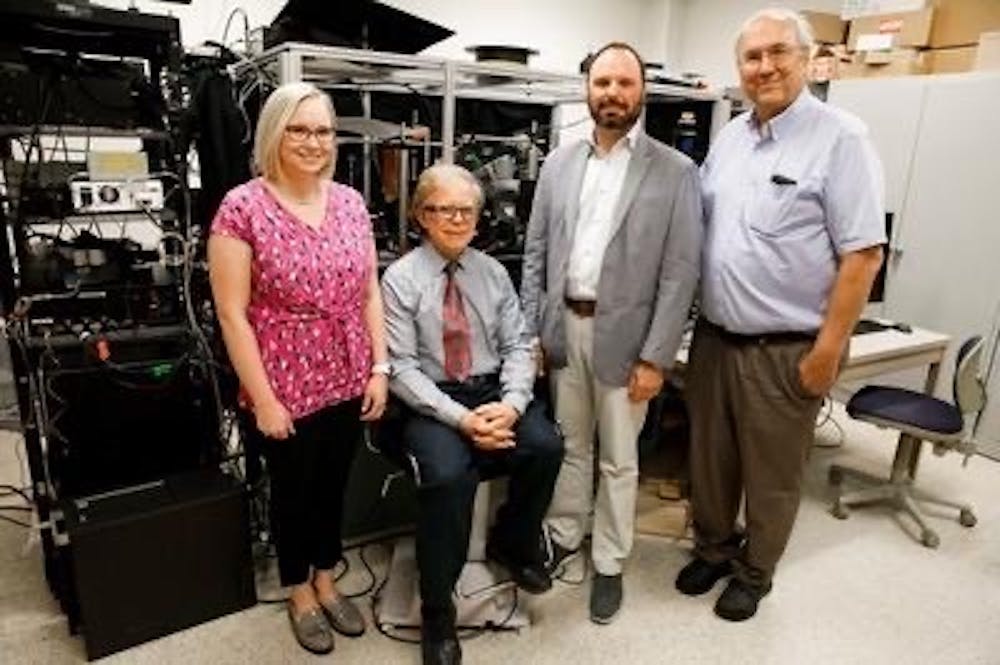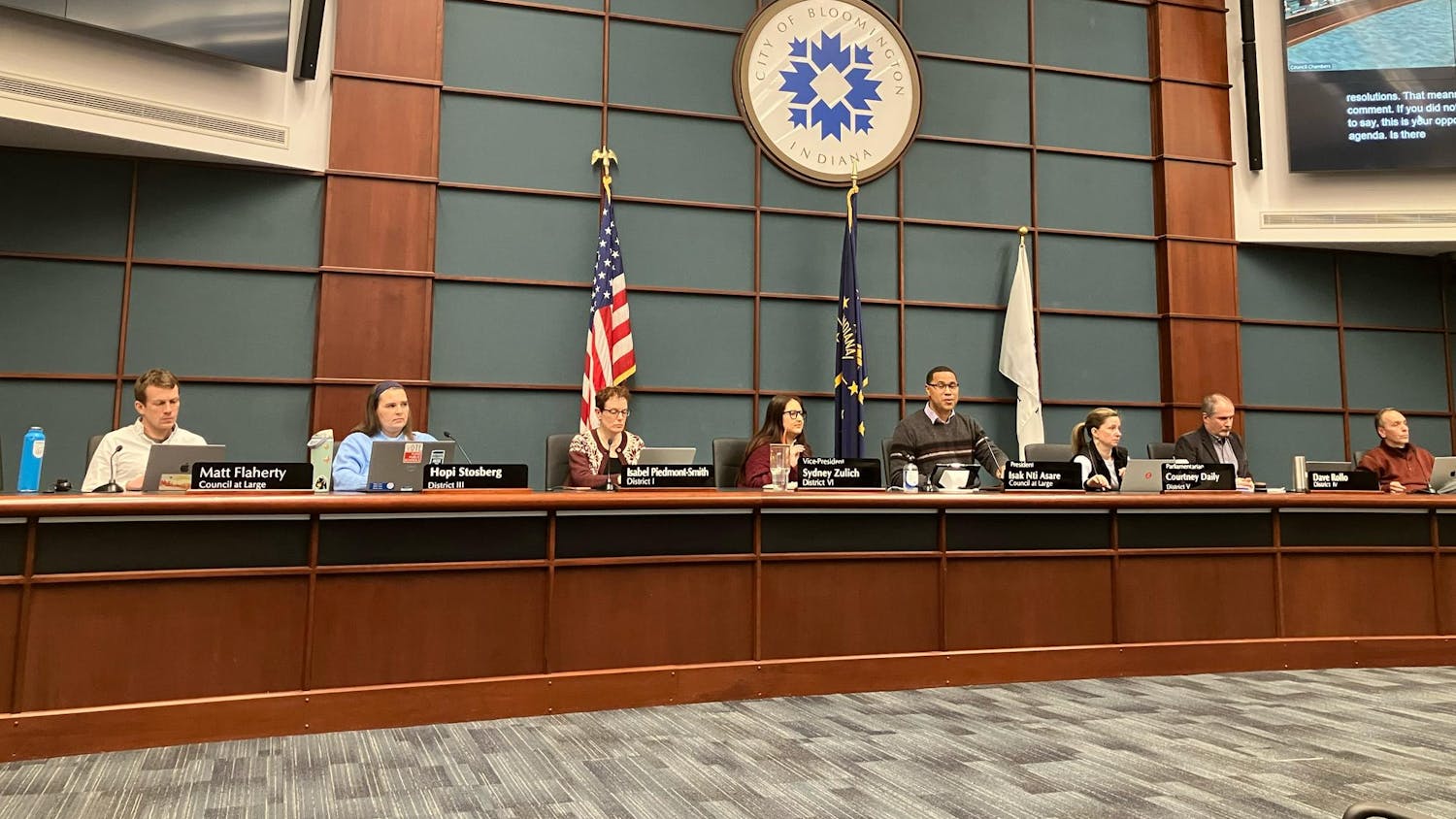Researchers at the IU School of Optometry recently used adapted telescope technology to capture the first undistorted images of the eye structure related to glaucoma called the trabecular meshwork.
Dr. Thomas Gast, a coauthor on the study, and his team are the first to use this technology, called adaptive optics, to study trabecular meshwork, the part of your eye that drains fluid. The purpose of this research is to learn the causes and possible treatment methods for glaucoma.
Adaptive optics arose out of a need for better instruments to see into the eye. This technology has been in development since the early 1990s, but this is the first time adaptive optics has been used to study a part of the eye other than the retina, said Dr. Donald Miller.
Age is the number one thing that affects the trabecular meshwork, Gast said. As someone gets older, the pathways inside the trabecular become blocked or closed up. Pigment dispersion syndrome can also affect the meshwork because excess pigment cells can be shed, causing blockage and fluid buildup. Fluid buildup causes pressure to build in the eye, which can lead to glaucoma.
Glaucoma currently affects more than 3 million people in the United States alone, according to the Glaucoma Research Foundation. A study done at the Singapore Eye Research Institute estimates that 111 million people worldwide will be affected by glaucoma by 2040.
"Normally, clear fluid circulates inside the eye to keep it 'inflated' to its normal shape," said Dr. Brett King, who co-authored the study. "Alterations of the trabecular meshwork elevates pressure in the eye, leading to glaucoma. The problem is the meshwork can only be seen poorly with the normal instruments."
To view the trabecular meshwork, researchers modified an existing laser microscope with a programmable mirror which is able to adjust in real time to correct for the eye's imperfections, according to an IU press release. The mirrors in telescope technology allows for higher magnification and a clearer view of the eye structure that cannot be seen by the human eye.
The adaptive optics are accurate within ten-millionths of a millimeter, which is precise enough to visualize single cells or measure blood flow inside the retina. This is important because the trabecular meshwork is a very small portion of your eye, hidden in the corner and usually covered by skin and your cornea.
“End stage glaucoma is worse than closing your eyes,” Gast said.
Glaucoma is usually a slow-moving illness, and can take several months or years before someone’s vision is completely obscured. Glaucoma slowly kills the axons in the optic nerve, which controls vision. These cells are destroyed in a specific pattern, usually from the inside of the nerve outward. This pattern causes the slow-blindness that glaucoma is known for. In this process, the peripheral vision goes first and slowly encroaches to the center, Gast said.
Currently, there are no perfect treatments for glaucoma, Gast said, and treatments vary in every single country. There are several eye-drop treatments for glaucoma. Some patients can use one type of eye drop, but some need to use multiple different drops to relieve pressure in the eye. However, these treatments are almost always temporary. The eye drops work for a while, but the fluid and pressure in the eye will continue to rise. This treatment method is usually the first option for patients in the U.S.
There is also a surgical option, called a trabeculectomy, that can cure glaucoma but does not work on everyone. This surgery is never the first treatment option in the U.S. and can only be performed once, Gast said. This surgery works best on patients who are showing only mild symptoms. It involves making microscopic cuts through the eye and the trabecular meshwork to create a pathway for the fluid to flow.
Additional authors on the study are Ting Luo and Dr. Kaitlyn A. Sapoznik, both Ph.D. students in optometry, as well as Dr. Steven Burns, Associate Dean for Graduate Programs. The work was funded in part by the National Institutes of Health's National Eye Institute and an Allergan Foundation Research Grant from the American Academy of Optometry.
“Professor Burns’ use of adaptive optics is remarkable," Miller said. "I see his work as really transformative and will likely be a whole new subfield of adaptive optics use."




